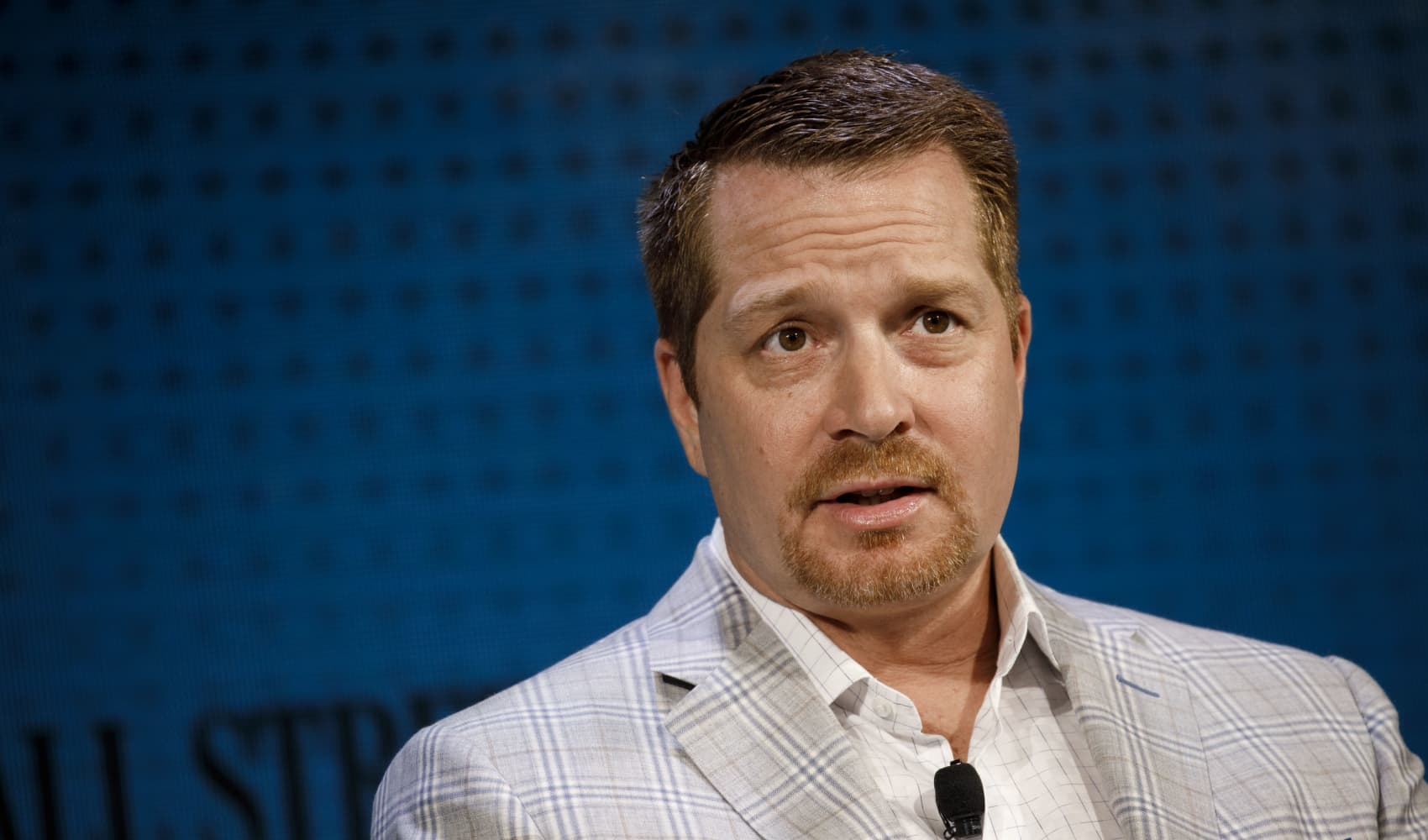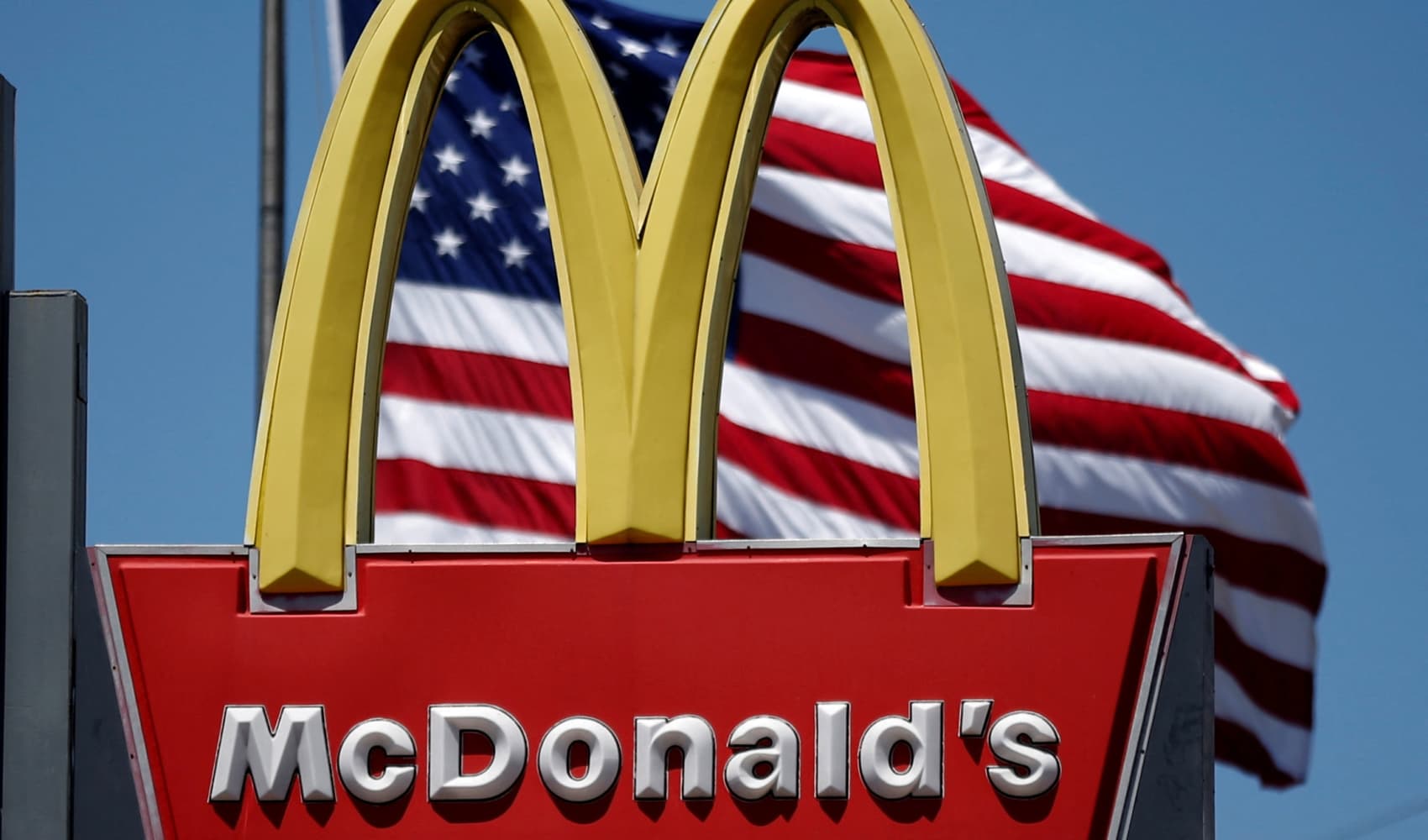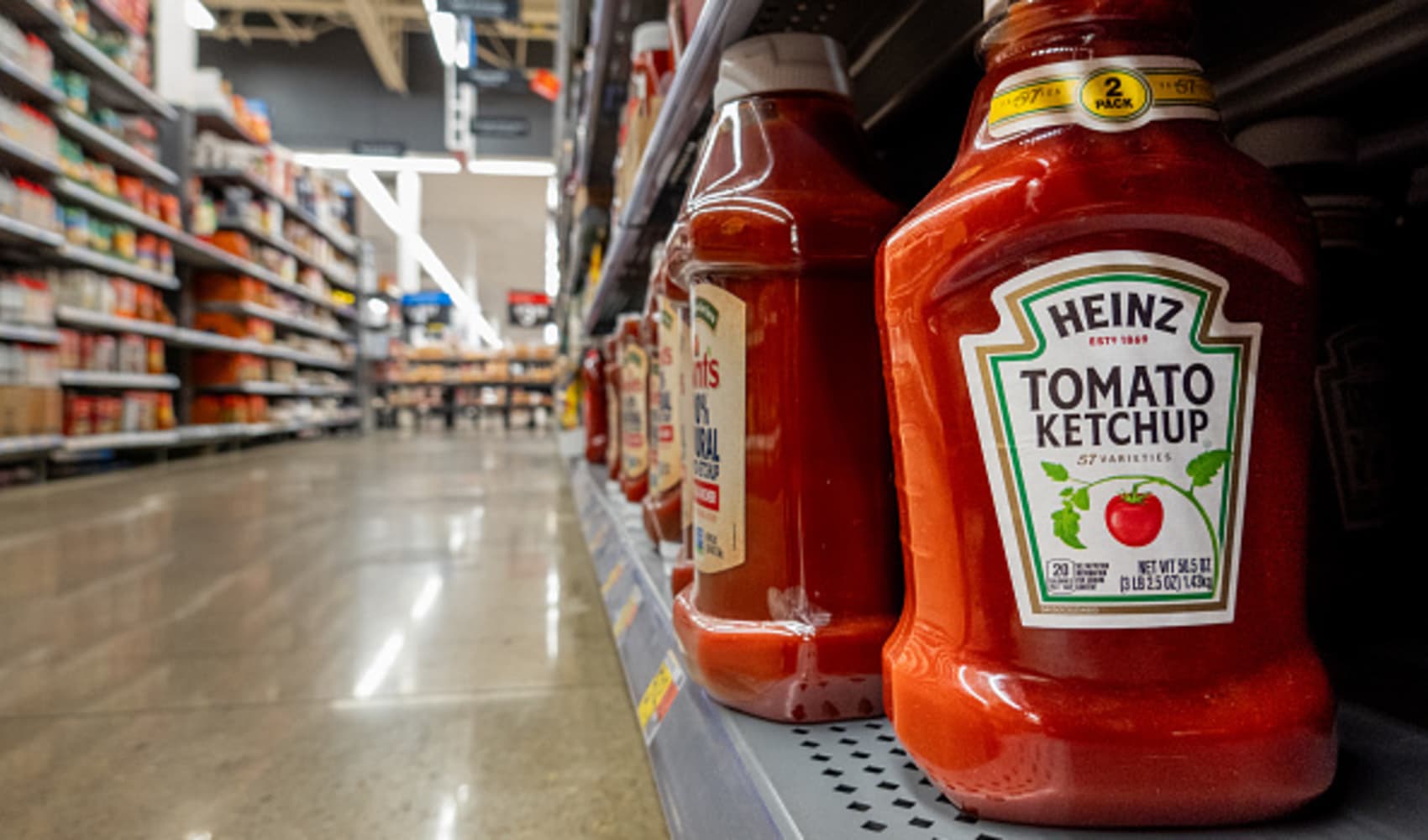CrowdStrike Cuts Jobs: How AI is Reshaping Cybersecurity
CrowdStrike Cuts 5% Amid AI Revolution: Smart Move or Risky Gamble?
Introduction: A New Era for Cybersecurity – and Job Markets?
The cybersecurity landscape is constantly shifting, evolving faster than ever before. And leading the charge, CrowdStrike, a name synonymous with digital security, just announced a significant change: a reduction of 5% of its workforce, translating to around 500 employees. But here's the kicker: they're attributing this move, at least in part, to the increasing power and pervasiveness of Artificial Intelligence (AI). Is this a sign of the times? Are we witnessing the rise of the machines in the cybersecurity sector? Let's dive in and explore what this means for CrowdStrike, the industry, and the future of work itself.
The Announcement: 5% Reduction, 100% AI Focus
CrowdStrike's decision isn't just a simple cost-cutting measure. It's a strategic pivot, a bet on the transformative potential of AI. CEO George Kurtz emphasized in a memo that AI has always been a core part of CrowdStrike's operations. This isn't some sudden realization; it's a deepening commitment to leveraging AI to enhance efficiency and innovation.
Kurtz's Vision: AI as a "Force Multiplier"
So, how does CrowdStrike see AI playing out in their future? According to Kurtz, AI is a "force multiplier." It's not just about replacing jobs; it's about augmenting capabilities, streamlining processes, and accelerating innovation. It’s about making every employee more effective, every product more powerful, and every customer experience more seamless.
AI: The Hiring Curve Flattener
One of the most interesting claims is that AI "flattens our hiring curve." What does this mean? Essentially, with AI handling certain tasks, CrowdStrike needs fewer employees to achieve the same results. Think of it like this: instead of hiring ten junior analysts to sift through data, they can use AI to analyze the data and then hire a few senior analysts to interpret the results. It's about optimizing the workforce, not just reducing it.
Industry Trend: The AI Embrace
CrowdStrike isn't alone in recognizing the power of AI. Leaders at companies like Box, Duolingo, and Shopify have also been urging their employees to embrace AI tools. This suggests a broader trend across various industries, where AI is being seen as a key driver of productivity and innovation. Are we witnessing the dawn of the "AI-first" company?
What Does This Mean for CrowdStrike?
So, what does this strategic shift mean specifically for CrowdStrike? How will they be using AI to reshape their business?
Go-to-Market Strategies Enhanced by AI
AI can revolutionize how CrowdStrike reaches its customers. Imagine AI-powered marketing campaigns that are hyper-personalized, targeting the right prospects with the right message at the right time. AI can also analyze customer data to identify potential leads and predict future needs, allowing the sales team to focus on the most promising opportunities. This leads to a more efficient sales process and higher conversion rates.
AI-Driven Customer Success
Customer success is paramount. AI can analyze customer usage patterns, identify potential issues before they arise, and provide proactive support. Think of AI-powered chatbots that can answer common questions, freeing up human support agents to handle more complex issues. This not only improves customer satisfaction but also reduces support costs.
The Human Cost: Layoffs and Job Displacement
While the focus is on AI's potential, it's important to acknowledge the human cost of these changes. 500 employees are losing their jobs. While CrowdStrike likely provided severance packages and outplacement services, the uncertainty and disruption are undeniable. This raises a critical question: how do we manage the transition to an AI-powered future in a way that minimizes the negative impact on workers?
The Broader Impact: The Future of Work in Cybersecurity
CrowdStrike's decision has implications far beyond the company itself. It raises important questions about the future of work in the cybersecurity industry and beyond.
Upskilling and Reskilling: The New Imperative
The rise of AI doesn't necessarily mean the end of jobs. It means a shift in the skills required. Cybersecurity professionals will need to develop expertise in areas like AI, machine learning, data science, and cloud computing. Upskilling and reskilling will be essential for workers to adapt to the changing demands of the job market.
The Evolving Role of Cybersecurity Professionals
The role of cybersecurity professionals will evolve. Instead of manually monitoring systems and responding to threats, they will focus on tasks that require critical thinking, problem-solving, and creativity. They will become "AI trainers," "AI interpreters," and "AI strategists," guiding and leveraging AI to enhance security.
Potential Risks and Challenges
While AI offers tremendous potential, it also comes with its own set of risks and challenges.
AI Bias and Algorithmic Discrimination
AI algorithms are trained on data. If that data is biased, the algorithm will perpetuate those biases, potentially leading to unfair or discriminatory outcomes. It's crucial to ensure that AI systems are trained on diverse and representative datasets and that they are regularly audited for bias.
Security Vulnerabilities in AI Systems
AI systems themselves can be vulnerable to attack. Adversaries can manipulate AI algorithms to produce incorrect results or even gain control of the system. Protecting AI systems from cyberattacks will be a critical challenge in the years to come.
CrowdStrike's Stock Performance: Investor Confidence?
How has the market reacted to CrowdStrike's announcement? Did investors see this as a bold move or a sign of trouble? Checking their stock performance around the announcement date could shed some light on investor sentiment. Did the stock price rise, fall, or remain relatively stable? This could indicate the market's perception of CrowdStrike's strategic decision.
Looking Ahead: A Future Shaped by AI
The future of cybersecurity is inextricably linked to AI. As AI technology continues to advance, it will play an increasingly important role in protecting our digital assets. Companies like CrowdStrike that embrace AI and adapt to the changing landscape will be best positioned to succeed. But, it’s a future that also requires vigilance, ethical considerations, and a commitment to supporting workers through the transition.
Conclusion: Navigating the AI Revolution
CrowdStrike's decision to cut 5% of its workforce while doubling down on AI highlights a pivotal moment in the cybersecurity industry. It's a reflection of the transformative power of AI and its potential to reshape how businesses operate. While the layoffs represent a challenge for affected employees, they also signal a broader trend of companies embracing AI to enhance efficiency and innovation. The key takeaway is that adaptability and continuous learning will be crucial for individuals and organizations to thrive in this new AI-driven landscape. The cybersecurity field, and many others, are entering a new era, one where humans and machines work together to achieve unprecedented levels of security and productivity.
Frequently Asked Questions (FAQs)
Here are some frequently asked questions about CrowdStrike's recent announcement and the impact of AI on the cybersecurity industry:
-
Why is CrowdStrike laying off employees despite the growing demand for cybersecurity?
CrowdStrike is attributing the layoffs to increased efficiency through AI adoption. The company believes AI will streamline processes, improve customer outcomes, and reduce the need for as many human employees in certain roles. -
What kind of AI is CrowdStrike using in its operations?
CrowdStrike hasn't specified the exact AI technologies they're using, but it likely includes machine learning for threat detection, natural language processing for analyzing security logs, and AI-powered automation for incident response. -
How can cybersecurity professionals prepare for the rise of AI?
Cybersecurity professionals should focus on developing skills in areas like AI, machine learning, data science, cloud computing, and automation. They should also cultivate critical thinking, problem-solving, and communication skills. -
Will AI completely replace human cybersecurity professionals?
It's unlikely that AI will completely replace human cybersecurity professionals. AI can automate many tasks, but humans are still needed for tasks that require critical thinking, creativity, and ethical judgment. The future likely involves a hybrid approach where humans and AI work together. -
What are the ethical considerations of using AI in cybersecurity?
Ethical considerations include ensuring AI algorithms are free from bias, protecting AI systems from cyberattacks, and maintaining transparency and accountability in the use of AI. It's also important to consider the impact of AI on jobs and to provide support for workers who may be displaced.



